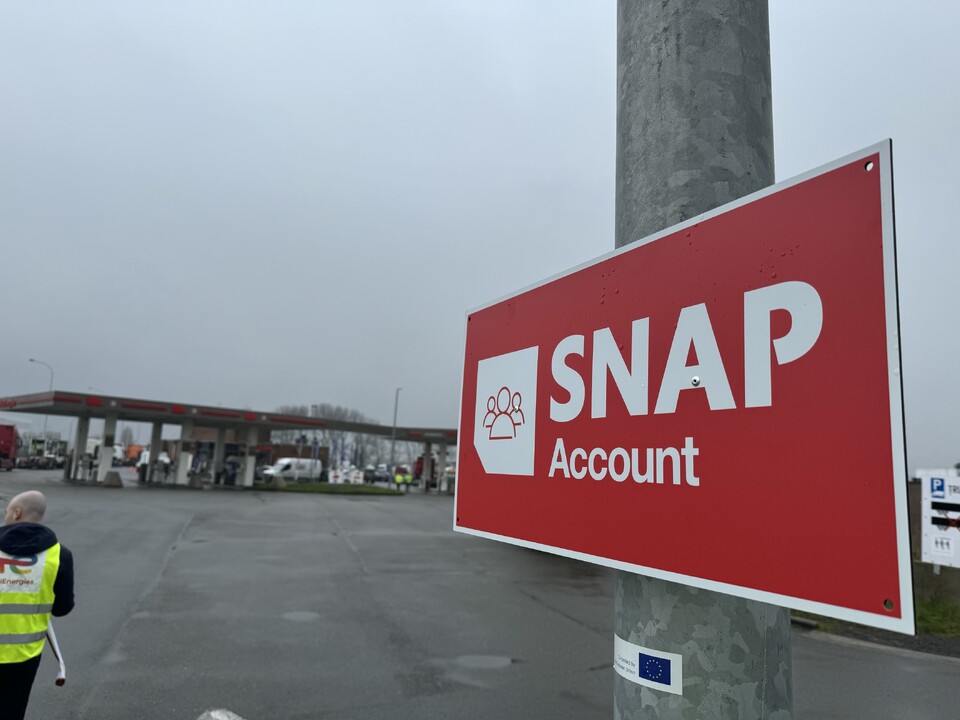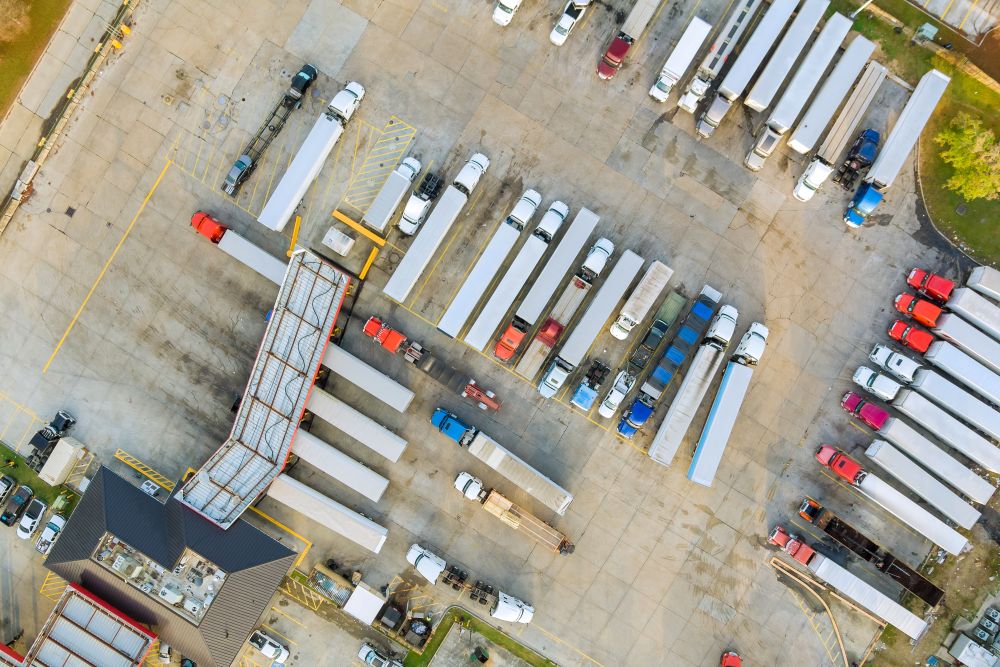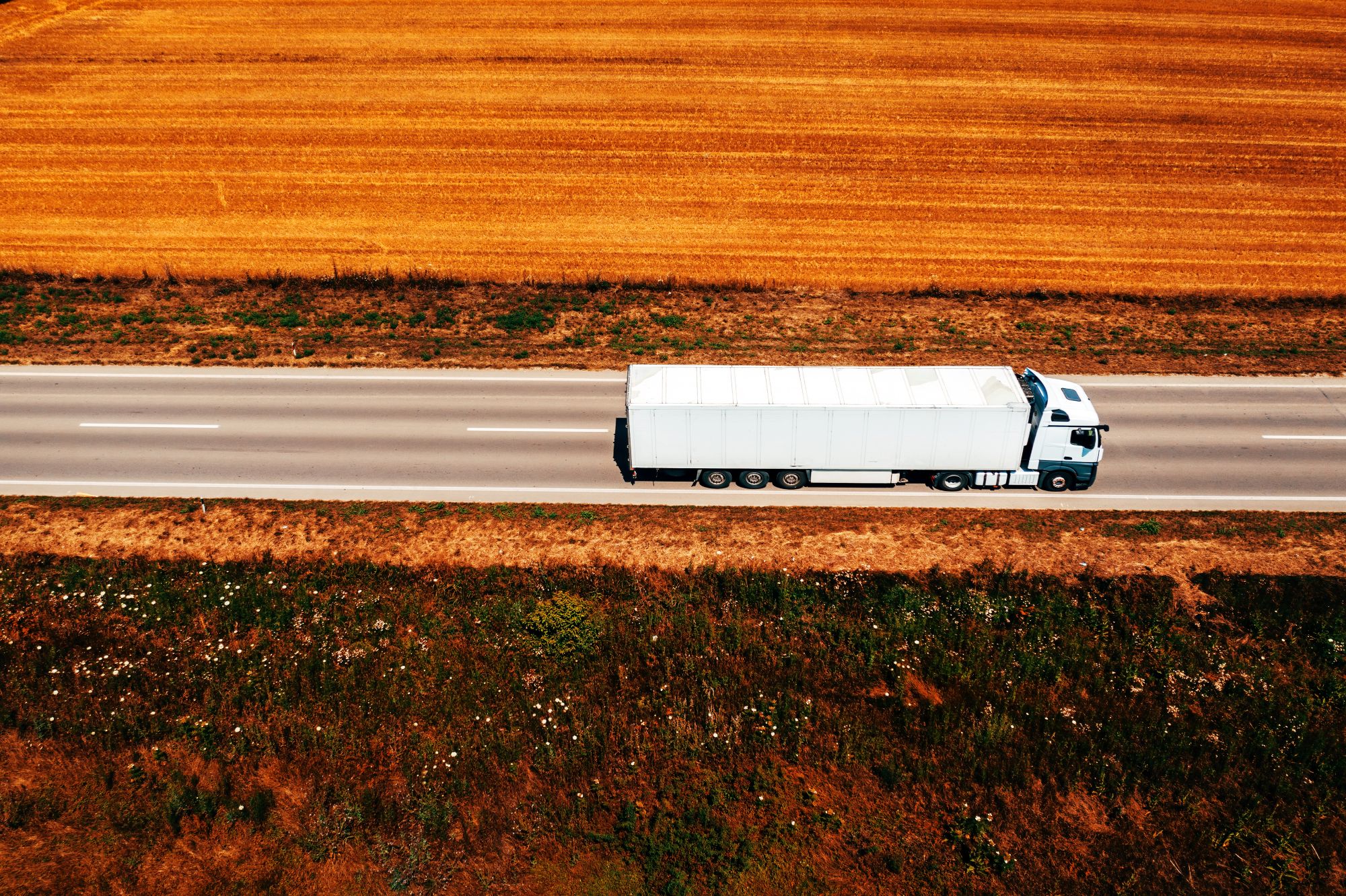
Josh Cousens
SNAP in Servauto razširjata belgijsko parkirno omrežje
Ustvarjeno: 21. 08. 2024
•
Posodobljeno: 21. 08. 2024
SNAP je leta 2022 začel sodelovati z belgijsko skupino Servauto in omogočil plačevanje z računom SNAP na priljubljenih postajališčih za tovornjake Habay la Neuve, Wanlin Ouest in Wanlin Est.
Po uspešnem partnerstvu smo se z Matthiasom Vanhoeckejem, vodjo maloprodaje na severozahodu, pogovarjali o treh dodatnih postajališčih za tovornjake Servauto v Belgiji, ki so se pridružila mreži SNAP. Nove lokacije so navedene spodaj:
Matthias, ki je v podjetju Servauto delal pet let, pojasnjuje pomen, ki ga podjetje Servauto pripisuje zagotavljanju dobrih pogojev za voznike.
"Gostiti naše stranke, ki vozijo tovornjake, ter jim zagotoviti udobje in dober obrok je odličen način za promocijo naše blagovne znamke, zato se veselimo, da bomo s sodelovanjem s SNAP lahko dnevno gostili še več voznikov tovornjakov."
Matthias razkriva, da ima skupina Servauto v neposrednem upravljanju 91 bencinskih servisov in:
"Na vseh naših lokacijah je na voljo restavracija z veliko okusnimi jedmi in trgovina, kjer lahko kupite vse, kar potrebujete med postankom. Poleg tega imamo na voljo tudi vroče prhe, kjer se lahko osvežite."
Pogovarjali smo se tudi z Elsom, ki vodi restavracijo v hotelu Servauto:
"Ponujamo sendviče, panine, šnite s fritami, piščančje pite s fritami, vol-au-vent in hamburgerje.
"Vse lahko postrežete s krompirčkom ali pirejem. Smo ekipa šestih ljudi in vedno vam pomagamo z velikim nasmehom."
Els je povedal, da je najdlje zaposlena v restavraciji Martine, ki je pri Servautu že 30 let, in da je najbolj priljubljena jed na meniju navadno zrezek s fritajo. Če menite, da vas tranzitne poti vodijo skozi Belgijo, si obvezno oglejte priljubljena postajališča za tovornjake skupine Servauto.



